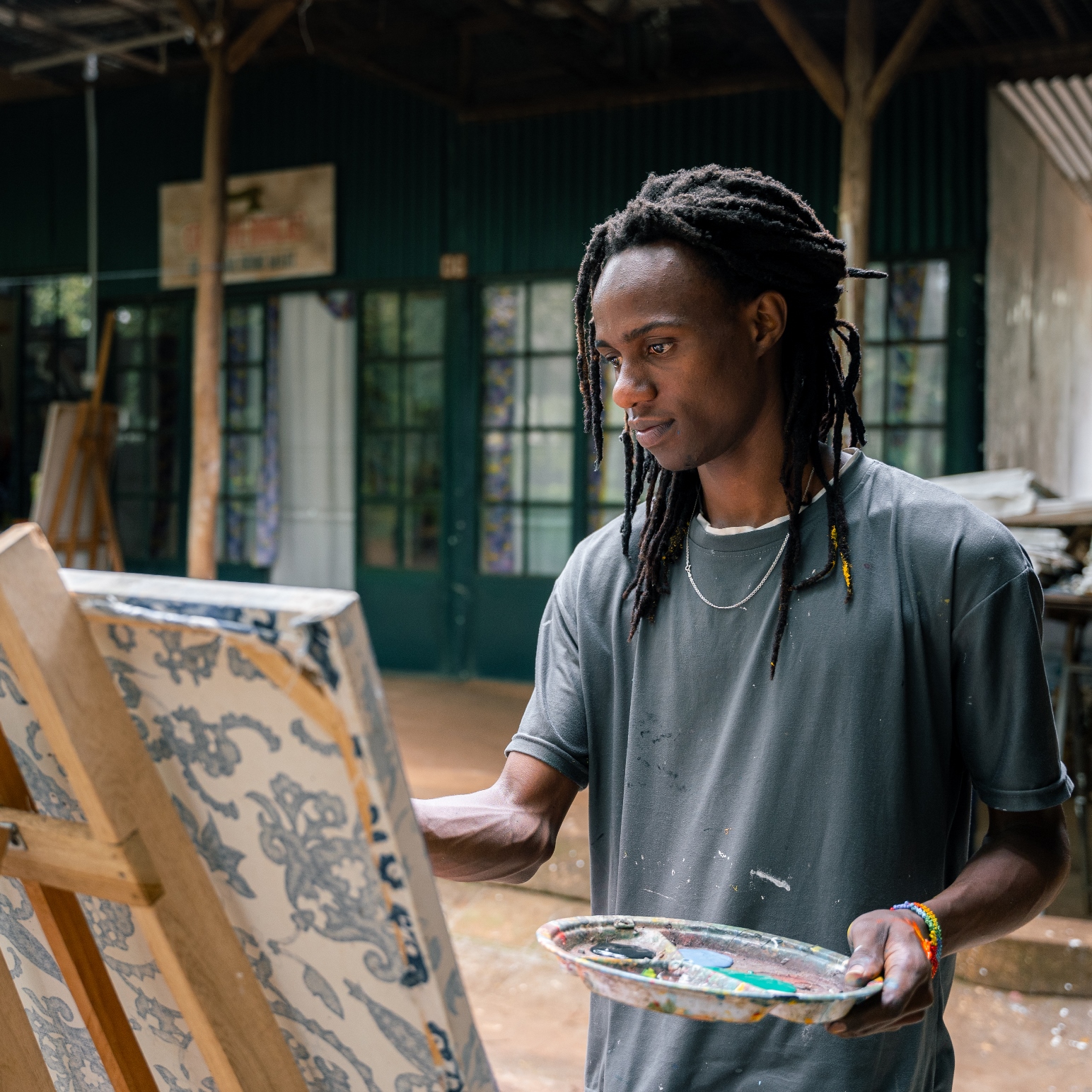Creativity is a crucial skill that plays a significant role in both academic and personal development. While many associate creativity solely with artistic expression, it is actually a fundamental part of problem-solving, critical thinking, and innovation. For students balancing school, college, and numerous assignments, exploring creativity through art can be an effective way to enhance cognitive abilities and relieve academic stress.
In today’s fast-paced academic environment, students often struggle with deadlines, coursework, and the pressure to perform well. Engaging in artistic activities—whether drawing, painting, or digital design—offers a productive escape from these stresses while simultaneously improving learning abilities. Artistic expression encourages students to think outside the box, develop unique perspectives, and improve their overall approach to studying and completing homework.
With the advancement of technology, students now have access to various tools that make learning and creativity more accessible. One such tool is essay writer, which helps students structure their thoughts and streamline their writing process. Similarly, digital art applications and online courses provide innovative ways to engage with art, making it easier to incorporate creativity into academic life.
This article explores the profound connection between art and creativity, its benefits for students, and practical ways to incorporate artistic activities into daily learning routines.
The Role of Art in Enhancing Creativity
Art as a Tool for Self-Expression
Art provides students with a unique way to express their thoughts, emotions, and ideas. Unlike structured academic writing or mathematical problem-solving, art allows for free expression without rigid guidelines. Whether through painting, sculpture, or digital design, students can communicate their perspectives in ways that words sometimes fail to capture.
For those who struggle with traditional assignments and homework, artistic expression can be a powerful means of engagement. It encourages individuals to develop their own voices and take creative risks—skills that are valuable not just in school but also in future careers.
Boosting Problem-Solving Skills Through Art
Creativity is closely linked to problem-solving. When students engage in artistic activities, they develop the ability to think critically, adapt to new challenges, and find innovative solutions. These skills transfer to academic subjects, making learning more engaging and effective.
For example, students who engage in drawing or sculpting must visualize the final product and adjust their approach based on unexpected challenges. Similarly, when working on assignments or studying for exams, students can apply these problem-solving techniques to tackle difficult concepts and organize their thoughts more effectively.
How Art Supports Academic Success
Reducing Stress and Improving Focus
Academic pressure can be overwhelming, especially for college students managing multiple subjects and deadlines. Art provides a therapeutic way to reduce stress and improve focus. Studies have shown that engaging in creative activities can lower cortisol levels, helping students feel more relaxed and focused on their studies.
Many students find that taking short creative breaks—such as sketching, coloring, or playing a musical instrument—helps them return to their homework with renewed concentration. This approach not only enhances productivity but also makes studying a more enjoyable experience.
Enhancing Memory and Retention
Art has been proven to improve memory and information retention. Students who incorporate visual elements into their study habits—such as mind maps, diagrams, and creative note-taking—often recall information more effectively. This method is especially beneficial for subjects that require memorization, such as history, biology, and literature.
Teachers and professors increasingly encourage students to use artistic methods for learning. Whether through creative projects, presentations, or interactive assignments, incorporating art into academic work can lead to better comprehension and retention of material.
Practical Ways to Incorporate Art into Studying
1. Use Visual Study Aids
- Create colorful mind maps to organize information.
- Use sketches and doodles to summarize key concepts.
- Develop flashcards with illustrations to reinforce learning.
2. Take Creative Breaks
- Spend 10–15 minutes drawing or painting between study sessions.
- Engage in creative journaling to reflect on learning experiences.
- Experiment with digital art or photography as a way to relax.
3. Integrate Art into Assignments
- Choose creative presentation formats, such as infographics or visual essays.
- Use storytelling and illustrations to explain complex ideas.
- Incorporate artistic elements into research projects or reports.
4. Explore Digital Art and Design Tools
- Experiment with graphic design software for projects.
- Learn basic video editing for creative presentations.
- Use apps that allow for interactive drawing and animation.
The Connection Between Art and Career Development
Building a Creative Mindset for the Future
Creativity is a highly valued skill in many career fields, including business, marketing, engineering, and technology. Employers seek individuals who can think outside the box and bring innovative solutions to the table. Students who engage in art develop a creative mindset that benefits them in problem-solving, communication, and teamwork.
For those considering careers in design, animation, or digital media, early exposure to art can provide a strong foundation. Even in non-artistic fields, creativity helps individuals adapt to challenges and develop original solutions.
Art-Related Career Opportunities
Students interested in pursuing art-related careers can explore various paths, including:
- Graphic design – Creating visuals for brands, marketing, and media.
- Illustration – Producing artwork for books, advertisements, and digital platforms.
- Animation – Developing characters and scenes for movies, video games, and television.
- Architecture – Combining artistic vision with engineering and design principles.
- Fashion design – Designing clothing, accessories, and textiles.
Even for students who do not intend to work in the arts, engaging in creative activities can provide valuable skills that enhance their professional growth in any industry.
Conclusion
Exploring creativity through art is not just about painting or drawing—it is a way to develop problem-solving skills, reduce academic stress, and improve overall learning. Students in school and college can benefit from integrating art into their study routines, making learning more enjoyable and effective.
Whether through traditional or digital mediums, artistic expression provides a pathway to greater creativity and success. By embracing art as a part of their academic journey, students can enhance their ability to think creatively and approach challenges with confidence.
